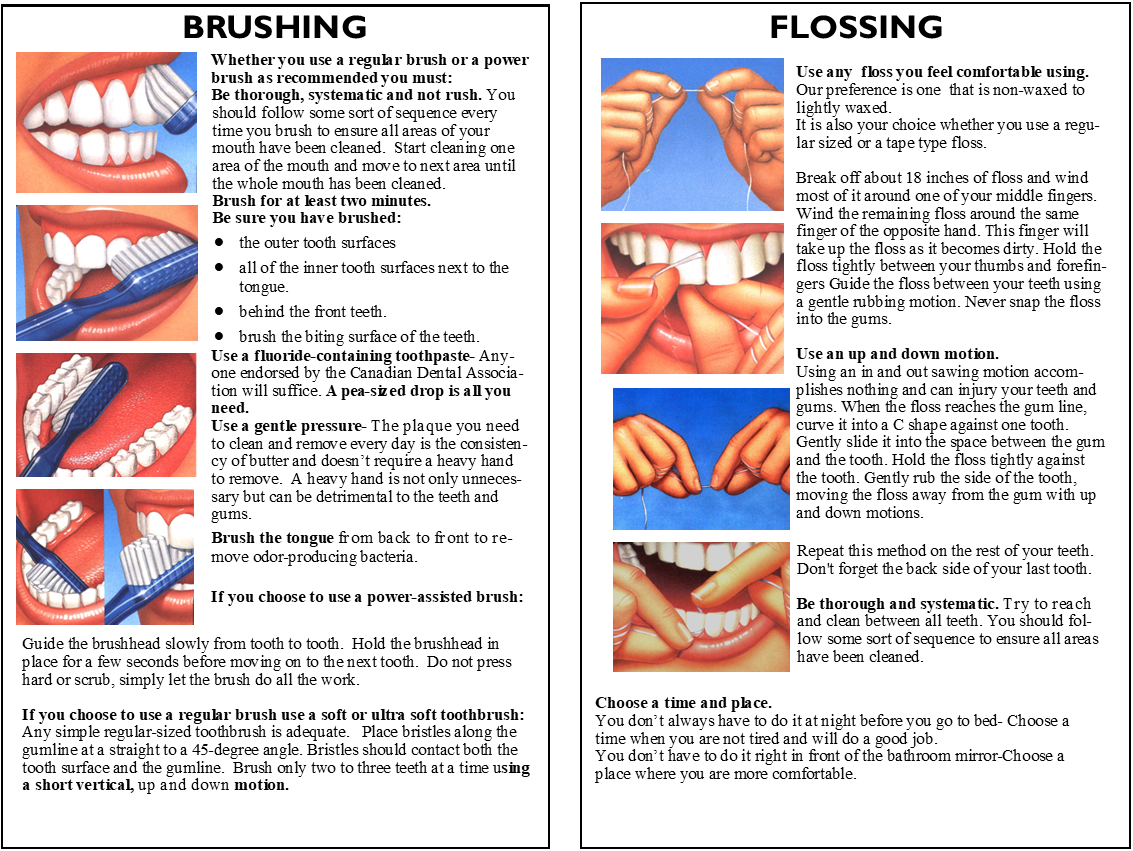Dental Bridge
A dental bridge is a treatment option for tooth replacement when you have one or more missing teeth. A bridge consists of a pontic tooth fused to two abutment crowns which hold the unit permanently to the teeth on both sides of the space. A bridge cannot be taken out as you might do with removable partial dentures.
Options
Partial dentures or dental implants are other options used to replace missing teeth.
Importance of replacing missing teeth
When you have a missing tooth it is not only important to replace it for appearance and function but also for the stability of your remaining teeth. Like the bricks of a roman arch each tooth depends on the next for support. The loss of even one tooth creates significant instability and initiates a chain reaction of problems. Potential issues include:
- the over-eruption of opposing teeth,
- trauma to the unprotected ridge,
- the shifting of neighboring teeth into the missing space,
- increased risk of tooth decay,
- the development of food impaction areas and increased risk for gum problems,
- the development of bite issues leading to tooth wear and sensitivity and jaw muscle and joint problems


The pros of a dental bridge:
- will restore your appearance especially if missing tooth is visible,
- will restore your chewing function
- will restore arch stability, preventing further dental issues
- is fixed and therefore feels like part of your mouth
- usually requires only two to three visits to complete.
- reduces your risk of gum disease,
- helps to correct some bite issues and
- can last as many as ten years or more provided you maintain good oral hygiene
The cons of a dental bridge:
- requires adjacent teeth, which may not have had any past treatment, to be involved. These teeth now have increased risk of developing future issues that could require root canals or even extraction,
- may cause adjacent teeth to be sensitive to temperatures or bite pressure after the treatment,
- Requires extra effort to clean and maintain and
- can catch food under the pontic or false tooth

Appointments
In most cases a bridge requires two appointments to complete. In some cases, however, additional appointments may be needed to prepare the area for the bridge. Bridge appointments are as follows:
Bridge Preparation Visit- 120 minutes
The area receiving the bridge is numbed with local anesthetic and then a number of digital 3D scans are done to capture the bite and surrounding teeth. Once you are fully numb, the teeth on both sides of the space are prepared. During the preparation, the teeth and whatever filling material on the teeth are reduced to accommodate for the proper thickness of the bridge structure. Some of the existing filling will be left in place to help as a foundation for the abutment crown.
Once the preparations are completed, scans of the prepared teeth are then completed and the scan files sent electronically to the dental laboratory to fabricate the bridge. The final step for this appointment is to fabricate and cement a temporary bridge that will protect your teeth and gums until the permanent bridge can be placed
Insertion Visit –two weeks later, 30 to 40 minutes,
The temporary bridge is removed and the permanent bridge fitted, adjusted as necessary and then permanently cemented in place.


